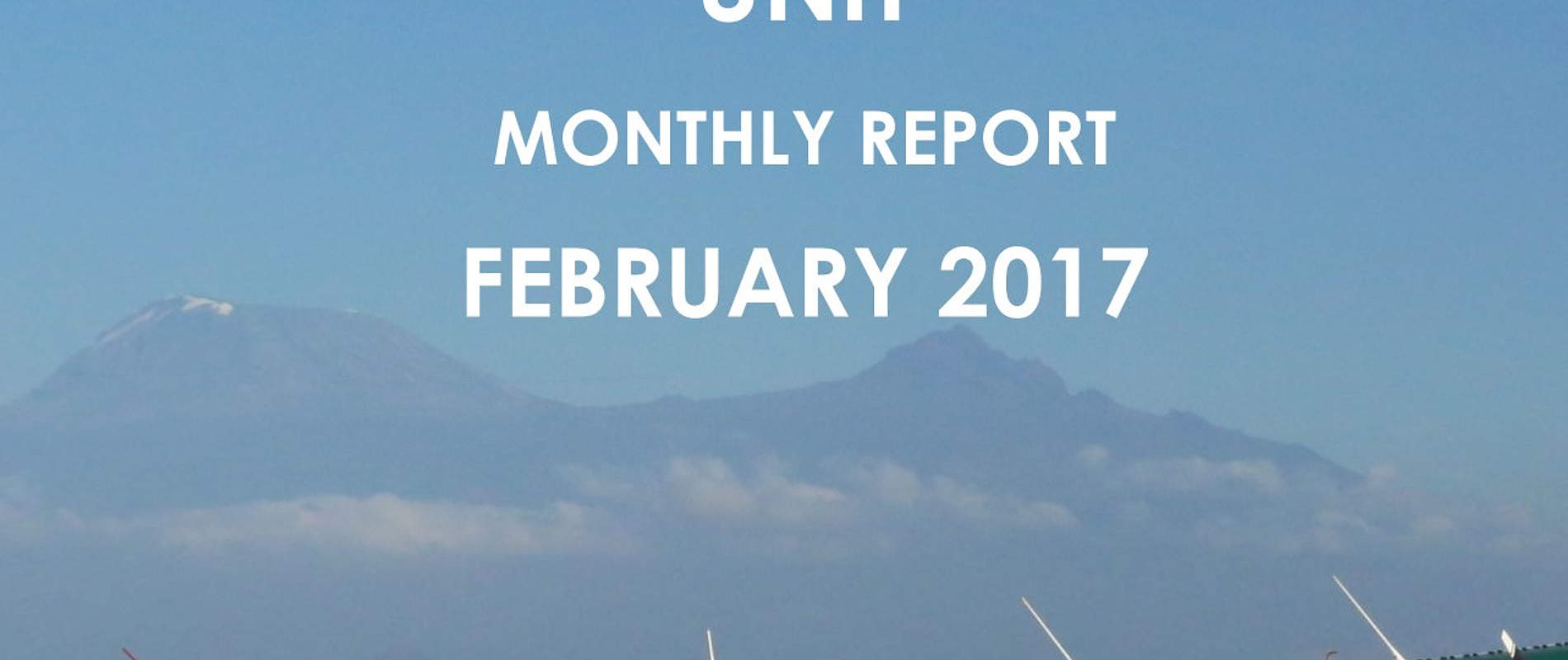In the month of February, eight aircraft descended on Tsavo for the 2017 Tsavo-Mkomazi Elephant Census
In the month of February, eight aircraft descended on Tsavo for the 2017 Tsavo-Mkomazi Elephant Census. Two aircraft were provided by DSWT, one by KWS, one by Save the Elephants, one by Tsavo Trust, one by Farmland Aviation and two by private owners who also volunteered their time as pilots. Despite having half as many aircraft as the last count three years ago, everyone stepped up to the challenge and completed the count in just 13 days, including 4 days of intensive training. In those 13 days, most planes clocked over 70 hours of flying time in service of the count, with DSWT’s aircrafts doing over 150 hours combined. We are eagerly awaiting the results of the count, which will indicate how successful our efforts over the past 3 years have been in preserving not only elephant numbers, but giraffe and buffalo numbers as well. In addition to counting these large mammals, the pilots and their spotters made many exciting observations of rare and elusive animals including a melanistic serval, African wild dogs, lions, cheetahs, leopards and bat eared foxes, among other species.
Whilst two of DSWT’s super cubs were busy with the count, aerial surveillance throughout the Tsavo Conservation Area continued between the Trust’s third super cub and its helicopter. The super cub was instrumental in locating livestock and livestock enclosures during an intensive drive by KWS during the month to evict thousands of cattle that had entered the Park illegally. The drive was very successful and only one single cow was sighted on the last flight in the area. More concrete success was found when the discovery of an active charcoal kiln on top of the Yatta Plateau led to the arrest of a charcoal burner the following day by one of our ground teams.
Two elephant carcasses were found during the month by the Aerial Unit. One was a fresh carcass that had had its ivory removed and had been covered in branches to conceal it. The second carcass was discovered along the Galana River in Galana Conservancy outside Tsavo East National Park; however, it was later confirmed to be a known carcass. Three vet treatments were also carried out in February with assistance from the Aerial Unit.
Human-elephant conflict remained a challenge throughout a dry February, and the helicopter was involved in two incidents pushing elephants out of community land and back into protected areas. Three elephants were pushed out of an area near Soto along the boundary of Chyulu Hills NP and another two were pushed out of the community near Darajani and back into Tsavo East NP. Thankfully both operations were successful thanks to ground support from KWS and DSWT teams.
The helicopter was also busy during the month locating and destroying shooting blinds around the vanishing waterholes in the Tundani area of Tsavo East, near Ithumba. Destroying blinds and showing a presence at waterholes is a huge deterrent to poachers who will avoid areas where they know rangers are patrolling. Being able to drop rangers at dozens of waterholes a day with the helicopter, and sometimes with the DSWT Canine tracker dogs and handlers, is a highly effective and efficient way to dominate an area.
The major highlight of February was participating in the Tsavo-Mkomazi Elephant count. Another exciting moment was the first ever aerial sighting of Tsavo East’s youngest rhino. The two-month-old rhino had only ever been seen once before by a ground patrol and brings Tsavo East’s rhino population up to 14 individuals.
You can read about these stories and more in our monthly report:





